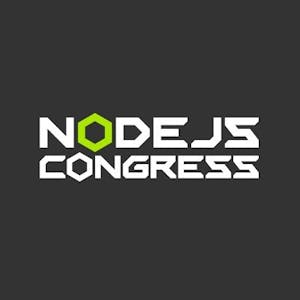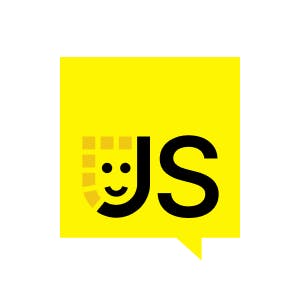Hi, everyone. Thanks so much for joining this session, a how to guide on CI CD. I'm Tiffany Jackja. I'm a technical evangelist at Harness. We help simplify and scale software delivery. I'm actually really excited to be sharing this presentation because I know for a lot of people looking into DevOps and you know making that journey better. CI CD comes up very often and so we're actually going to share some of the key components of CI CD and then we'll actually get into some of the ways that you can better succeed and position yourself for 2021.
So let's just get started. I know we don't have a lot of time in a lightning session but I really just want to share a very basic CI CD pipeline. And so when you think about CI CD pipelines and just the idea of a pipeline, you, it's really just this conduit for being able to automate some of these processes that we have in a software development lifecycle. So if you have an idea or a change to be made, we actually want to deliver that or put that into a pipeline that gets you to production.
And so that process can involve making some code changes, right? Building that code change, testing it and then deploying it into this temporary environment, it's non-production environment, where you can test it and play with it, right? And verify and make sure that it's ready before actually releasing it to a customer and having it be available to the outside world, right? And so this idea of getting from idea to production very quickly is the heart and sort of the soul of continuous integration and continuous delivery.
And so there are two main points to a CI CD pipeline, and you really do want to think about it in this way. So this first part is about continuous integration. And when we talk about continuous integration, we're actually trying to focus on that development workflow, getting from code to packaged artifact. And really what happens in a continuous integration process is you have some source code management tool, right, or repository of code. And whenever someone pushes a change or makes some type of change, you can actually trigger a CI pipeline where you get to build that application, ensure that it compiles, ensure that it has all the dependencies that you need, that you can run some very basic unit tests, some very cheap and fast tests to ensure that these changes can go through, right. And then once that happens, once it's packaged, right, you can actually version it and have it be available to run on a server. And that's when we actually talk about continuous delivery. That's when we talk about provisioning a server, right. Provisioning some infrastructure, ensuring that infrastructure has everything that it needs to run an application, right, whether it's like a database, or maybe it needs some setup, some administrator to manage it, right. And so in this continuous delivery aspect, we're trying to think about ways of releasing it into a production environment, delivering it there, not just having it run there, right. And so thinking about really strategies, thinking about verification and just in case things go wrong, strategy for rolling back issues. And so to even get to continuous delivery or this idea of whatever, continuous flow, even DevOps, really, we need to think about this ability to get all kinds of changes into the hands of users and not only just being able to do it once or twice, but actually being able to do it in a safe, quick and repeatable way. And this definition comes from Jez Humble, who wrote a book on continuous delivery. And so that's why today I think we're starting to see a larger ecosystem around CI and CD, right, this idea that we can apply governance to our CI-CD pipelines, we can apply secrets management, security benefits, right, and actually build out a whole ecosystem around this, and have really good foundation for whatever we may want to do. Because the reality of it is that we have a lot to do, right, whenever we want to scale a new service or even just ensure that we can work with different kinds of services, sometimes this process can take weeks or even months, and the reality of it is we shouldn't be taking that long and eventually we'll be able to solve for a lot of these things with CI-CD.
And so, this gets to the latter part of my presentation about how to succeed with CI-CD and what are some key areas that you want to focus on. And so, I really kind of think about it in these three areas about speed, safety, repeatability, and users. And there's a lot of different ways that you can get better at this, right? It's not a one and done kind of deal, and you may, you know, invest in certain areas over others first.




















Comments